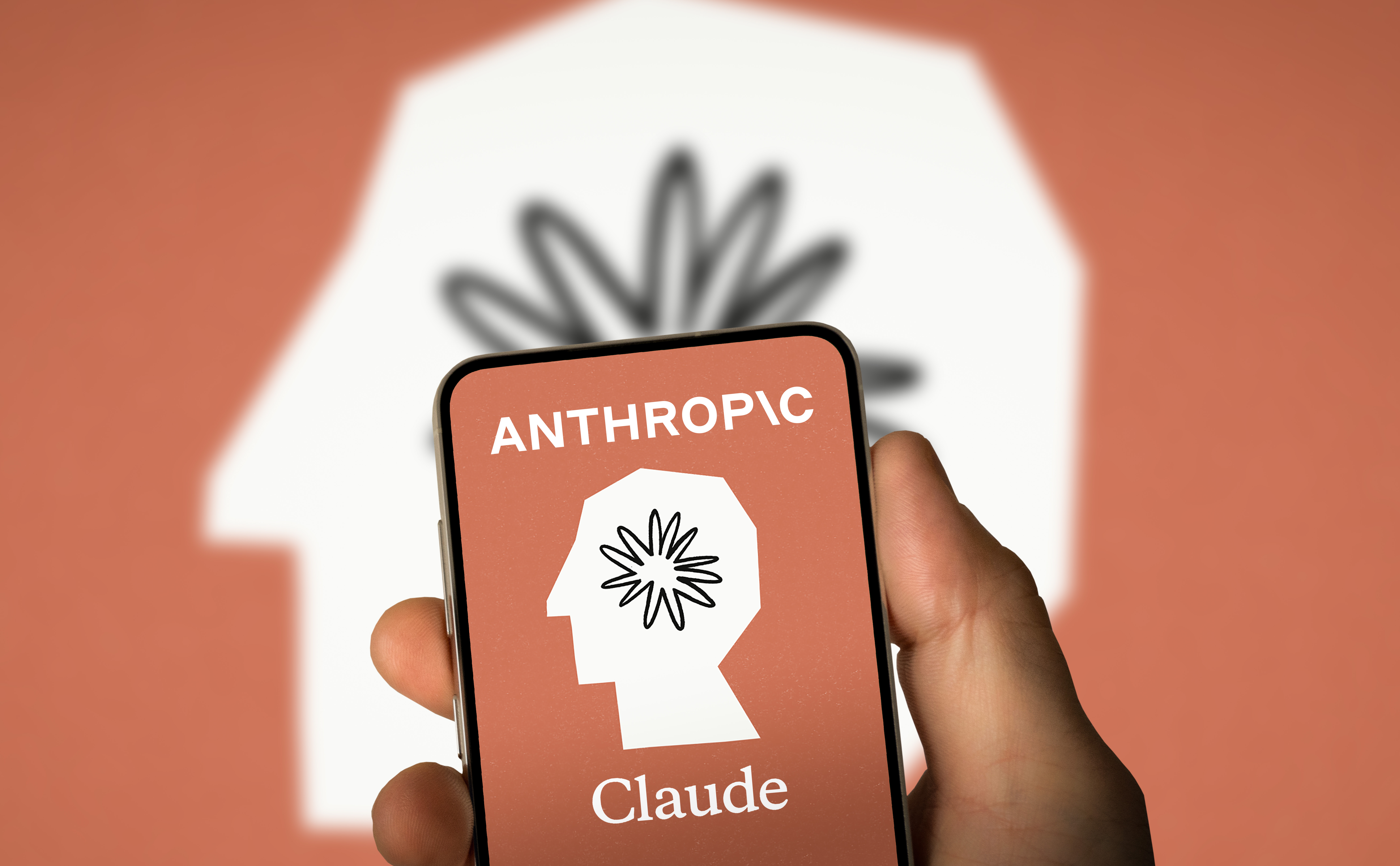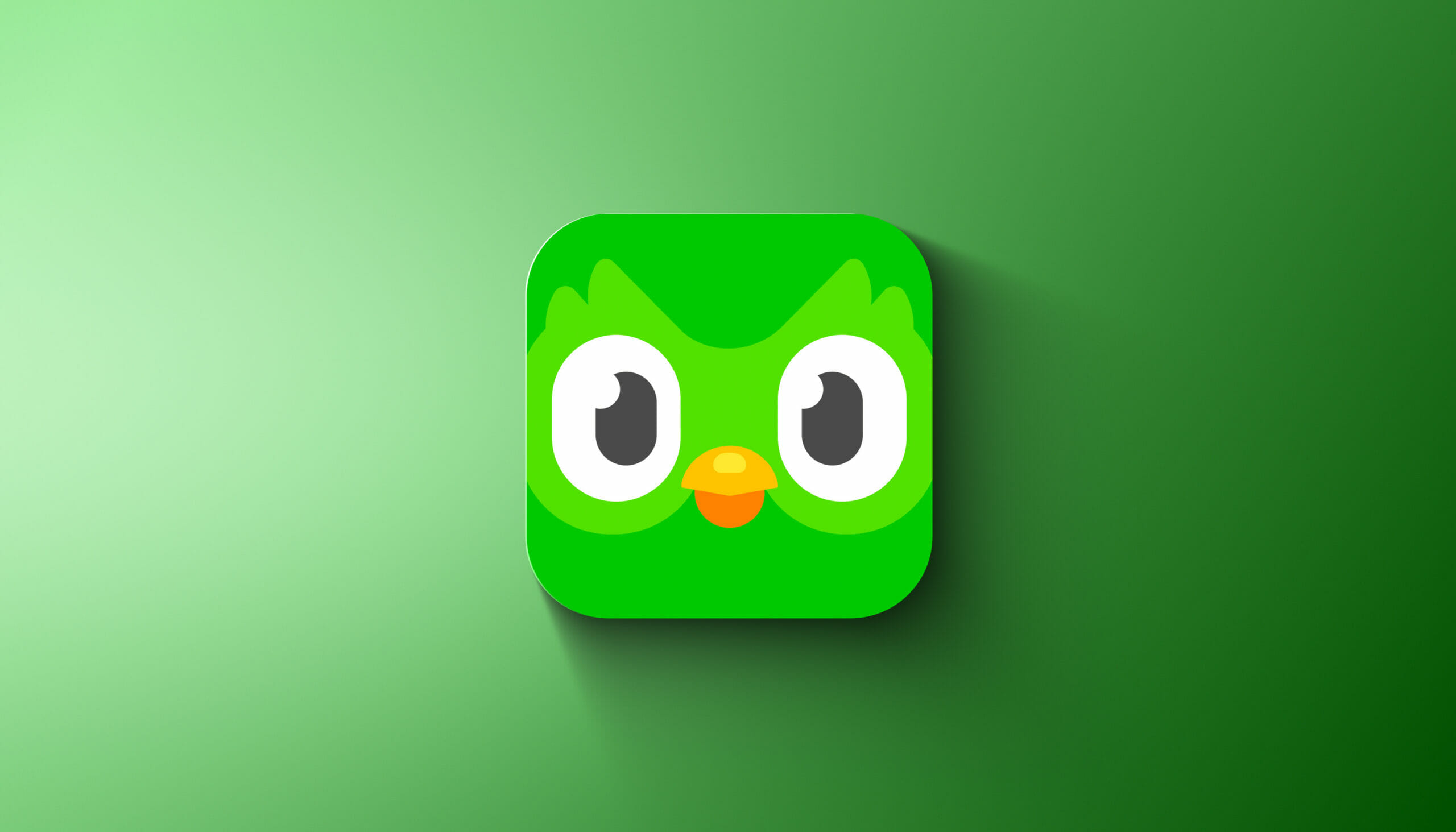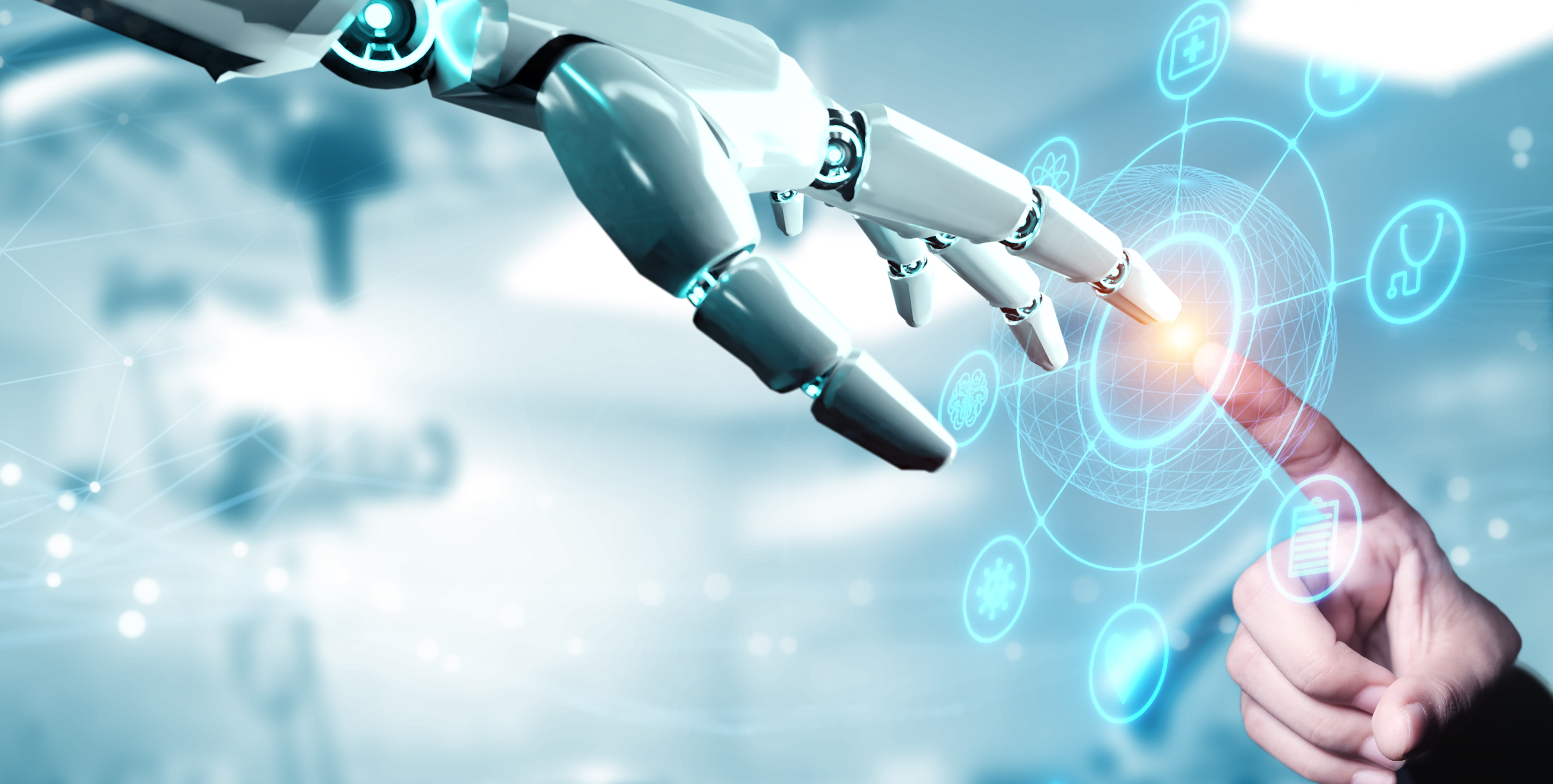The human-AI partnership can lead to countless variations of ideas, sparking innovative concepts that provoke thought and challenge traditional norms. This is the promise of generative AI—it acts as a creative catalyst and a source of inspiration that, when used effectively, can elevate our creative efforts to new heights. However, like any powerful tool, its potential depends on proper guidance. To navigate this terrain effectively, we need frameworks that help us concentrate and channel AI’s unrefined power into focused bursts of brilliance. Such frameworks should be viewed not as restrictive rules but as lenses enabling us to refine and enhance creative output, helping us to avoid uninspired results or mundane and predictable outcomes. These frameworks can also help us bust biases and allow us to explore a broader set of possible solutions.

MacGyver, a fictional character from the late 1980s TV series of the same name, was a secret agent and an ingenious problem-solver with an uncanny ability to improvise creative solutions using whatever was on hand. Someone with the MacGyver mindset demonstrates that same adaptability and resourcefulness, finding creative solutions even when faced with unexpected constraints. This approach to solving problems, using minimal input to create maximum impact, focuses on pushing the boundaries of what's possible with limited resources and turning constraints into catalysts for innovation. For example, in the pilot episode, MacGyver smears chocolate on a rusty door lock because the oils within the chocolate weakened the oxidation, making it easier to open.
Generative AI tools like ChatGPT can generate innovative solutions by synthesizing information from various disciplines, mimicking the creative and integrative thinking of human polymaths like MacGyver. AI it can propose imaginative routes around conventional constraints by splicing together knowledge from multiple domains.
Generative AI is uniquely suited to assist with this skill. One way AI empowers this mindset is by facilitating the repurposing of existing elements. The Generic Parts Technique (GPT) breaks down a system into progressively simpler or more “generic” elements. Instead of describing a component as a “wheel,” you might label it a “cylindrical rotating device. " This could reveal new pathways for innovation because you would remove the biases or assumptions linked to more specific language. To practice this technique, ask your AI partner to “consider [object] (e.g., a toaster, blender). List its parts in the simplest, most generic way possible.”
A related aspect of the MacGyver Mindset is improvising with limited inputs. AI can help break down objects and systems into their functional components, much like a skilled improviser does. If you’re stuck in an unfamiliar situation with limited tools, AI could analyze the environment and available materials and propose how to recombine them to address the challenge. AI can also model solutions before you commit to them, reducing trial-and-error risk.
Prompt AI to consider a circumstance where constraints and resources limit traditional solutions. For example, imagine being locked out of the car because your key fob battery is dying. Extreme limitations force us to be creative, deconstruct what is available, and reconfigure it into a solution.
Synectics is a time-tested, human-centered approach that maximizes creativity through analogical reasoning. Developed by William J.J. Gordon and George Prince in the 1950s, Synectics is a structured approach to creative problem-solving that focuses on making the strange familiar and the familiar strange through analogy, metaphor, and emotional engagement. Synectics is built on the idea that creative breakthroughs often come from making unexpected connections.
This method is perfectly suited for a partnership with AI and humans. While AI excels at rapidly generating unusual pairings and metaphors, human judgment is crucial for curating and refining these raw ideas. Essentially, Synectics blends AI's expansive capabilities with human critical thinking.
So how does it work in practice? Instead of directly asking AI for an answer, we can employ analogical thinking. We prompt it to make comparisons by asking questions like, "Describe our current returns process as though it were an obstacle course." This encourages the AI to explore unexpected angles and provide fresh perspectives. Likewise, AI can help us repurpose ideas across different mediums. Imagine using the way a swarm of bees enters and exits the hive as a compelling analogy for managing high-traffic locations like airport terminals or athletic stadiums. AI can help bridge the gap between these varied scenarios, discovering creative ways to translate the essence of one environment into another.

Another powerful Synectics technique is forced connections, which involve pushing AI to merge two seemingly unrelated concepts. Imagine asking, "What would a lawnmower look like if it were designed like a vacuum cleaner?" The AI then grapples with this unusual combination, potentially generating genuinely original and unexpected ideas.
Personification and transformation allow us to use AI to reframe objects or ideas. We could ask it to "Describe a pizza delivery service as if it were telling its own story of transformation into a different type of service." According to the principles of “Blue Ocean Strategy” by W. Chan Kim and Renée Mauborgne (2005), creating new demand involves stepping beyond the conventional boundaries of an established market. This exercise encourages AI to breathe life into inanimate objects or reinvent processes while offering a narrative perspective that fosters deeper understanding and creative inspiration.
By using Synectics, creators can break free from obvious associations and tap into AI's potential as an expansive creative assistant with humans providing the critical judgment and narrative shaping that bring these concepts to life.
Next, consider Opposite Thinking, which leverages the creative power of inversion thinking and paradox. By consistently applying this technique, human creators leverage AI as a catalyst for unconventional thinking. This approach transforms AI from a simple tool into a true partner in the creative process, one that helps us break free from linear thinking and explore the uncharted realms of innovation.

To leverage this technique, we can ask AI to help us envision the worst-case scenario, which can actually assist us in developing a plan to avoid that situation. By reversing assumptions, we prompt AI to explore, "What if the opposite of the expected answer were true?" Another approach we can adopt is tension-based creativity. This framework involves asking AI to integrate two seemingly incompatible concepts, such as young and old or chaos and order. By demanding that these opposites coexist, we create a tension that ignites creative sparks, leading to unexpected and innovative solutions.
Exploring edge cases requires challenging AI to produce responses that exist outside mainstream assumptions. This helps us avoid common, predictable outcomes and the status quo. By pushing AI to the fringes and introducing exceptional criteria that are not broadly appealing, we can generate interesting and original ideas that may trigger new lines of thought, open new markets, and broaden the opportunity landscape.
Using Opposite Thinking will challenge AI with contradictions, pushing it beyond conventional thinking. Instead of accepting the first answer it gives, we introduce paradoxes and oppositional ideas to unlock truly novel outputs. AI can help by generating alternative scenarios or arguments, helping users explore problems from multiple angles. For instance, AI could model how different stakeholders might perceive a challenge based on their priorities and constraints.
Structured problem-solving frameworks amplify outcomes by providing a strategic lens for guiding both human and AI-driven creativity. Frameworks help shape raw AI-generated ideas into more actionable, relevant, and innovative solutions. Rather than relying solely on AI’s default responses, these methods push thinking beyond surface-level results, fostering deeper insights and more effective problem-solving. By applying a deliberate approach, you turn AI into a true creative partner—one that enhances, refines, and expands the possibilities of your own ingenuity.

The future of creativity is not about outsourcing our creative capacity to machines; it is one that is profoundly collaborative and produces real value for the effort. Humans must retain creative agency in this partnership. Ultimately, this human-AI creative collaboration isn't just about producing volumes of ideas; it's fundamentally about expanding the inputs to improve the quality of our critical thinking and creative problem-solving. AI augments and amplifies human creativity, leading to richer, more engaging, and ultimately more human stories. This partnership represents a commitment to pushing the boundaries of human expression and paving the way for a new style of collaborative creativity.







